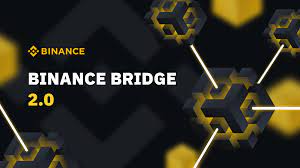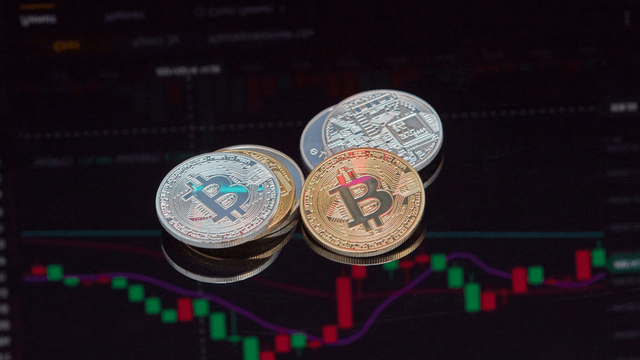The BNB Bridge: Connecting Binance Smart Chain and Ethereum
Asenqua Tech is reader-supported. When you buy through links on our site, we may earn an affiliate commission.
The BNB bridge is a service that allows users to transfer assets between the Binance Smart Chain (BSC) and Ethereum blockchain networks quickly and efficiently. As two of the most popular blockchain platforms, there is significant demand among crypto users and developers to move assets and data between BSC and Ethereum. The BNB bridge aims to meet this need.
What is the BNB Bridge?
The BNB bridge uses a network of liquidity pools and smart contracts to enable bidirectional transfers between the BSC and Ethereum. Users can deposit supported assets like BNB, ETH, or tokens into the bridge smart contract on one chain, and quickly receive a wrapped version of that asset on the other chain. For example, users can swap BNB for wrapped BNB (wBNB) that is pegged 1:1 with BNB but runs on the Ethereum network.
The bridge helps expand the decentralized finance (DeFi) ecosystem by making assets on each chain interoperable and composable into new DeFi applications. Projects can be built leveraging the advantages of both BSC and Ethereum, while assets can flow freely across bridge to the network that suits user or developer needs.
How Does the BNB Bridge Work?
The BNB bridge uses a simple yet effective process to enable transfers:
1. The user initiates a transfer via the BNB bridge portal and deposits BNB or another supported asset into the BSC portal contract
2. Equivalent amounts of the deposited asset are locked up on BSC while wrapped version minted on Ethereum
3. A user can later withdraw the wrapped asset on Ethereum to retrieve the original asset on BSC
This “lock and mint” mechanism ensures a 1:1 peg between the original assets on BSC and interoperable wrapped version on Ethereum. Users can freely transfer in both directions.
The bridge contracts and liquidity pools are facilitated by a network of validators who help secure bridge transactions. Validators stake BNB to verify asset movements occur according to protocol rules. In exchange they receive a portion of the bridge fees.
Key Benefits of the BNB Bridge
Seamless transfers between BSC and Ethereum – No need to go through centralized exchanges for assets transfers
Lower fees compared to bridges that route through sidechains
High speed transfers that leverage the performance of BSC while accessing Ethereum’s DeFi
Allows BSC projects to expand availability to Ethereum users and vice versa
Trust minimization as bridge governed by smart contracts without central custody
Supports growing ecosystem of wrapped assets shared by the two chains
Use Cases Enabled by BNB Bridge
The BNB bridge unlocks several key uses cases by improving interoperability between the two chains:
– DeFi composability – Build apps combining the unique DeFi primitives of both BSC and Ethereum ecosystems. Leverage faster and cheaper trades on BSC while accessing liquidity and assets on Ethereum when needed.
– Cross-chain NFT marketplace – NFT creators can maximize their audience and sales by having their NFTs available to both BSC and Ethereum users via bridge.
– Cross-chain lending/borrowing – Lenders can now supply assets via the chain that has highest yield, while borrowers can use assets on their preferred network.
– Meta-transactions – Leverage fast and inexpensive BSC transactions to improve UX for Ethereum dApps. Signature data can be passed via bridge.
The BNB bridge paves the way for increased blockchain interoperability. By providing easy BSC ↔ Ethereum asset movements it unlocks cross-chain functionality that expands DeFi possibilities and convenience for end users. As adoption grows, expect protocol improvements and additional features like cross-chain messaging and multi-hop bridges.







